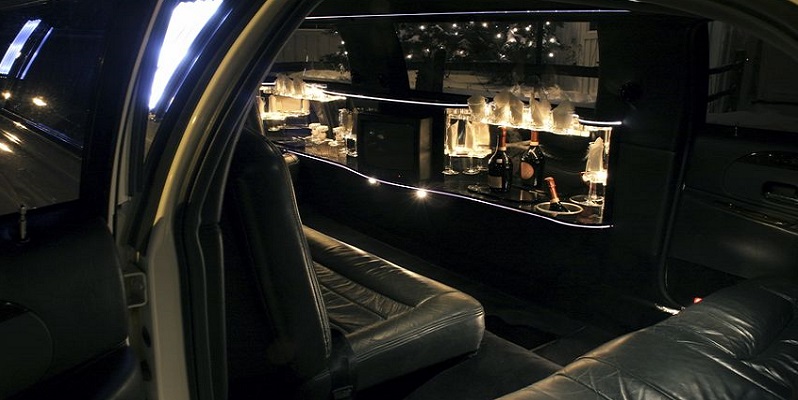Colorado authorities note that half of those killed in auto accidents last year, around 192 people, were not wearing a seat belt. Yet, in limousines, seat belts are not required for those not facing forward.
Auto Accident Involving Limousine Raises New Questions About Passenger Safety
You may have seen a recent report on an auto accident in upstate New York involving a stretch limo. The vehicle crash killed 20 people, including two pedestrians. In response to this tragedy, the public is asking more questions about limos and traffic accidents. Just how safe are stretch limos, and what can be done to prevent such a tragedy from ever happening again?
Stretch Limo Facts
There is an interesting video posted by a national magazine that shows how a stretch limo is built. What may surprise most people is that a stretch limo starts as a normal-sized vehicle. Workers begin the process of ‘stretching’ it by literally cutting the vehicle in half. From there, the process of deconstructing the original vehicle and reconstructing it to carry many more passengers begins.
They start by stripping all major components of the vehicle, such as the gas tank and driveshaft, among other parts. Workers then begin to construct a much longer vehicle by using steel frame rails to reconnect the front of the car to the back of the car. The length of stretch limos varies on how many passengers the vehicle will eventually carry, anywhere from six to 12 people or more. According to those who produce these types of vehicles, the final product can be anywhere from 30 to 33 feet long.
Stretch Limos Don’t Follow All the Rules
The upstate New York stretch limo crash is now among the deadliest crashes in the United States. News reports focusing on safety following the accident shed some light on what needs to be done to protect passengers riding in these types of vehicles. According to several reports, owners of these limos can skirt around some safety rules because of how the limo is made.
Again, the limo starts out as a normal car, and it’s at that stage that it must meet federal safety regulations, and typically does. It’s after the initial inspection that the car is then modified, and that typically occurs with no oversight. As Deborah Hersman, president and CEO of the National Safety Council (NSC) noted:
“When we look at limousines and stretch limos, we see a really Frankenstein system of cars that potentially are cut up and put back together with parts and pieces that were not original to them. And additionally, some things may be taken off — things like airbags or seat belts.”
When a limo becomes stretched, one safety feature that is eliminated for some passengers is a seat belt. Large limousines are not required to have a seat belt for passengers who are not facing forward in the vehicle. Regardless of what kind of vehicle you are riding in, a seat belt is the first line of defense when it comes to safety. According to one federal agency, in 2016, nearly 15,000 lives were saved because of a seat belt.
Despite knowing that a seat belt can save lives, it’s estimated that more than 27 million vehicle passengers don’t use one. In Colorado, it’s estimated that only 84 percent of vehicle passengers use a safety harness, making the state one of the worst in the nation for seat belt use. State authorities note that half of those killed in Colorado auto accidents last year, around 192 people, were not wearing a seat belt.
Would a seat belt have saved those in the stretch limo crash? Authorities can’t say for sure, and a full investigation into that crash is ongoing. One thing that is for sure is that officials in states all across this country say this accident is a “wake-up call” for more stringent rules regulating limos of all sizes.
Business officials also note there are things you, as a consumer, should absolutely do before hiring a car and driver for a special occasion. Check here for a good list of specifics on what you need to review and research before ever agreeing to sign a contract with any company providing a car and driver.

